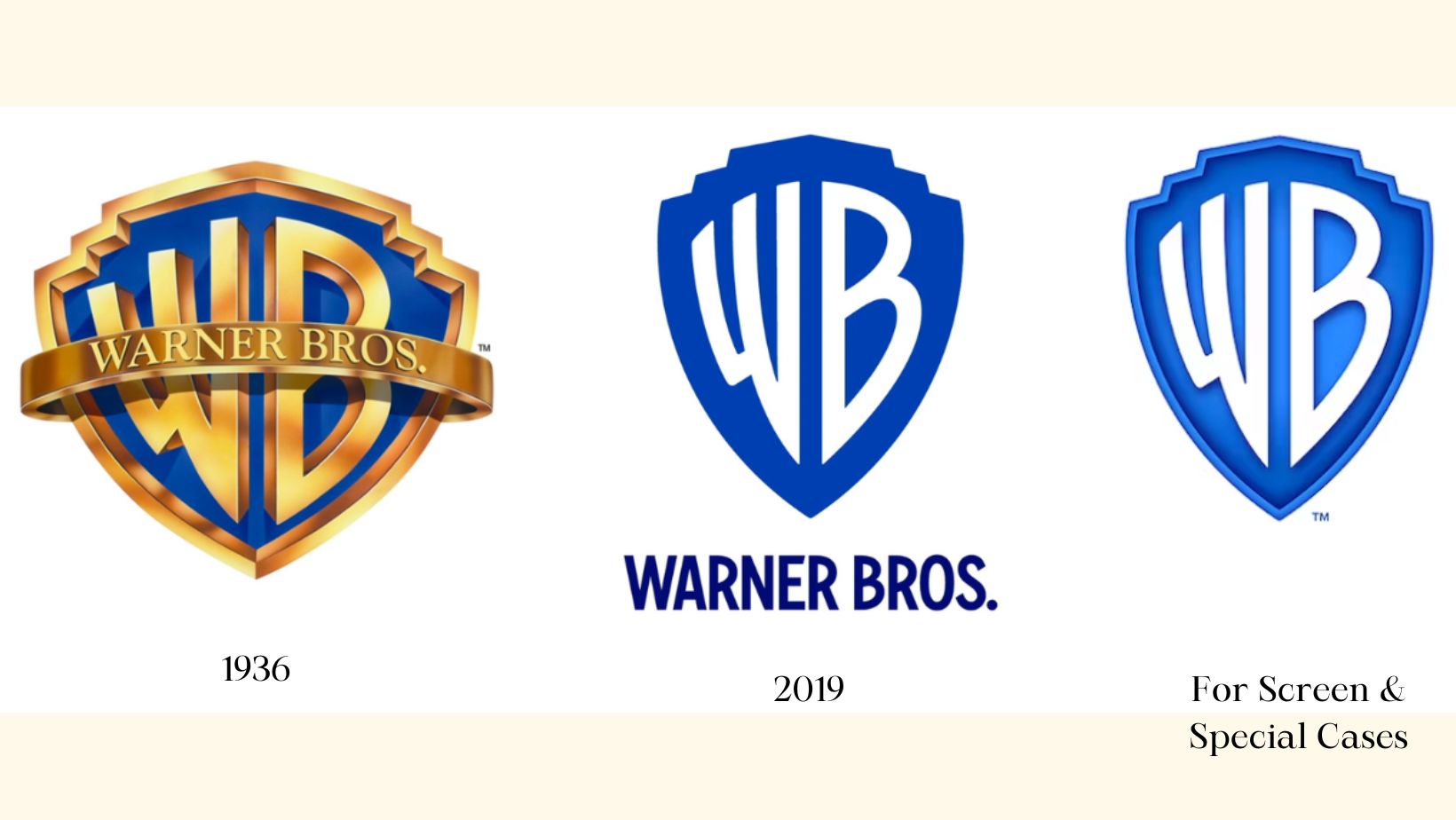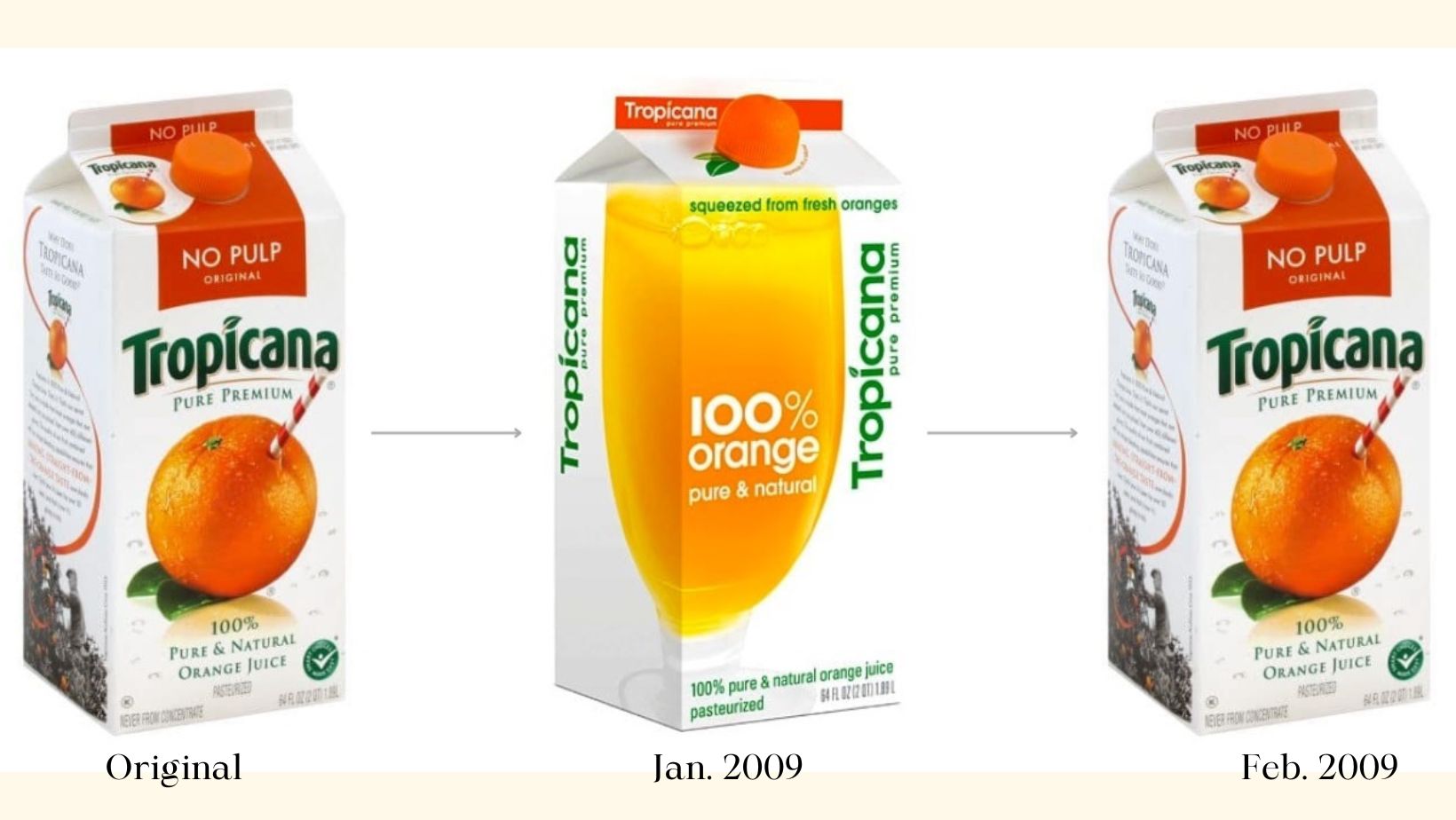In a world that’s constantly evolving, so are the strategies of top brands. We’re talking about “debranding.” This term might sound counterintuitive, but it’s an essential shift in the branding landscape. In essence, debranding refers to the act of simplifying a brand’s visual identity to make it appear less corporate. It’s about stripping away the excess and distilling the core essence of a brand. Let’s delve into this fascinating journey of debranding and discover its advantages and potential pitfalls.
The Origin of Debranding
The concept of debranding initially referred to brands removing the manufacturer’s name or branding from their products. Brands recognized that consumers were connecting more with visuals than with wordmarks, making this strategy a powerful way to refresh their image. One of the pioneers in this movement was Nike, which famously transitioned from its original logo that featured both the iconic “swoosh” and the brand name to a bold decision to make the “swoosh” stand alone in 1995.
How is Debranding Relevant Today?
In recent years, the term “debranding” has evolved to encompass all visual elements of a brand’s identity, not just words. The primary aim remains the same: to foster a more personal connection with consumers. As the digital world continues to expand, the need for human connection grows. Trust is paramount, and debranding helps brands build lasting, meaningful relationships with their audience. People want more than just transactions; they crave authentic connections. Debranding is the key to achieving this in the branding world.
The Advantages of Debranding
-
Mobile Optimization: In the era of mobile dominance, brands need to ensure their visual identity is versatile enough to adapt to various online and offline environments. Mobile phones have become the primary platform for brand interactions. Consequently, having a flexible brand identity is crucial for maintaining visibility and relevance.
-
Increasing Professionalism: The rise of the internet brought newfound opportunities for brands to express themselves. This resulted in bright colors, whimsical mascots, and playful typefaces. However, this look eventually became outdated. Debranding has motivated brands to modernize and polish their appearance to appear contemporary and trustworthy.
Warner Brothers exemplified this in 2019 when they transitioned from their metallic shield and serif font to a more minimalistic, 2D approach with a removable sans serif brand name. This change was made primarily for on-screen content, marking a subtle but significant shift towards modernization.

-
Visual Representation of Brand Direction: Brands evolve over time, and their values, audience, and positioning may change. A brand refresh through debranding allows for subtle adjustments, such as altering the typeface or refining the color palette, to convey a new brand direction. This approach helps brands appeal to new audiences or refine their approach to existing ones.
A notable example is Walkers, a leading crisps brand. In 2013, they shifted their branding focus towards emphasizing their “home-grown British ingredients.” This simple design change helped them convey a more patriotic message, aligning with one of their core values and reflecting this in every packaging refresh.

The Drawbacks of Debranding
-
Confusion: Building brand recognition is a challenging and time-consuming endeavor. Changing your brand too frequently or dramatically can result in consumer confusion and loss of loyal customers. Consumers might no longer associate your brand with its previous identity. Therefore, decisions related to debranding should be intentional and consistent with your brand’s essence.
-
Loss of Brand Personality: While modernization is crucial, it’s essential to maintain your brand’s unique personality. It’s vital to stay true to your roots and preserve a distinct tone of voice. Differentiating your brand from competitors and other major brands is what sets you apart. Maintaining elements that reflect your brand’s character is crucial.
The Tropicana rebranding incident in 2009 serves as a stark example. Within two months, sales dropped by 20% following a significant logo and packaging change. People no longer recognized the brand, leading to a rapid reversion to the original design.

-
Sustainability of the Trend: Debranding is a trend, and trends come and go. It’s important to evaluate whether debranding will push your brand forward or hold it back. Before making significant decisions, assess your brand’s long-term strategy and consider the potential consequences.
Gap’s 2010 rebranding fiasco is a case in point. The attempt to modernize the logo and encourage increased sales backfired spectacularly. Within six days, Gap reverted to its original 1990 logo, highlighting the importance of careful consideration before embracing debranding trends.

Is Debranding Right for You?
Debranding is not a small decision. While the changes may appear minor, their impact can be substantial. Is it just another design trend, or will it stand the test of time? Only time will provide a definitive answer. In the meantime, we can enjoy observing these changes in stores and examining the successes and failures.
If you’re considering debranding your brand, it’s a significant decision that requires careful thought and execution. The adjustments might be subtle, but the outcomes could be transformative. The key is to ensure that any changes align with your brand’s identity and resonate with your target audience. If you’re contemplating this shift, reach out to our team of friendly design professionals. We’d love to explore the possibility of debranding and help you take the next step in growing your business’s success.



